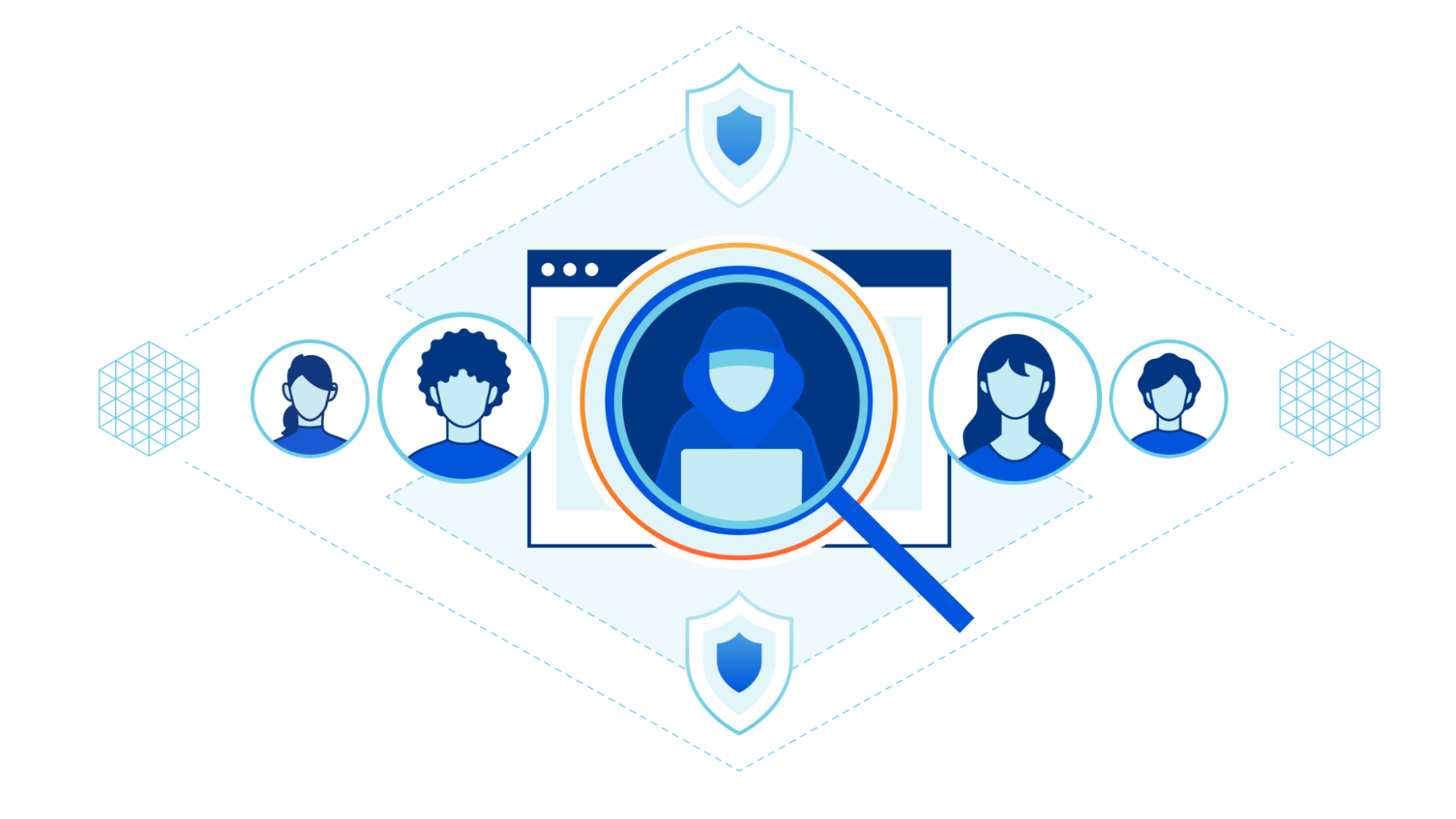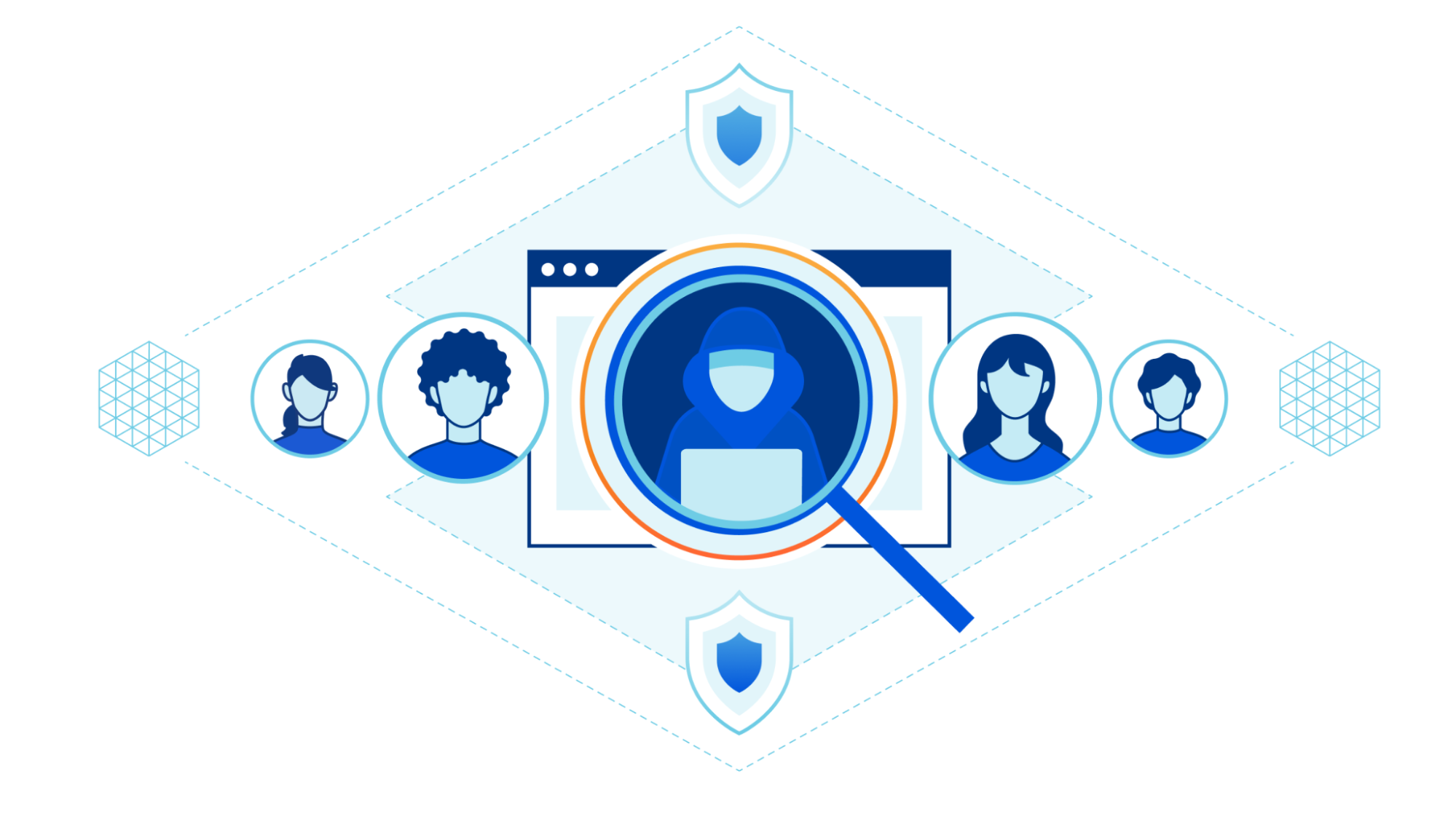Using the power of Cloudflare’s global network to detect malicious domains using machine learning


Cloudflare secures outbound Internet traffic for thousands of organizations every day, protecting users, devices, and data from threats like ransomware and phishing. One way we do this is by intelligently classifying what Internet destinations are risky using the domain name system (DNS). DNS is essential to Internet navigation because it enables users to look up addresses using human-friendly names, like cloudflare.com. For websites, this means translating a domain name into the IP address of the server that can deliver the content for that site.
However, attackers can exploit the DNS system itself, and often use techniques to evade detection and control using domain names that look like random strings. In this blog, we will discuss two techniques threat actors use – DNS tunneling and domain generation algorithms – and explain how Cloudflare uses machine learning to detect them.
Domain Generation Algorithm (DGA)
Most websites don’t change their domain name very often. This is the point after all, having a stable human-friendly name to be able to connect to a resource on the Internet. However, as a side-effect stable domain names become a point of control, allowing network administrators to use restrictions on domain names to enforce policies, for example Continue reading









